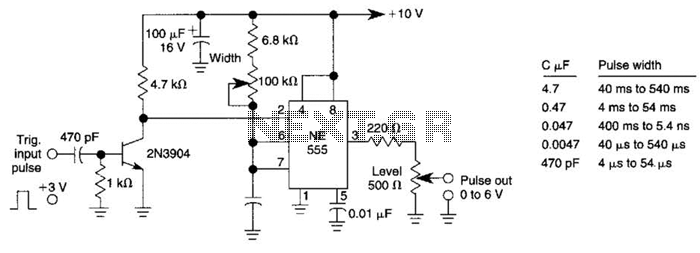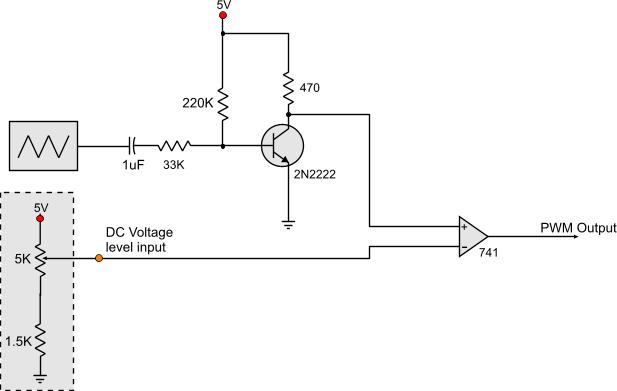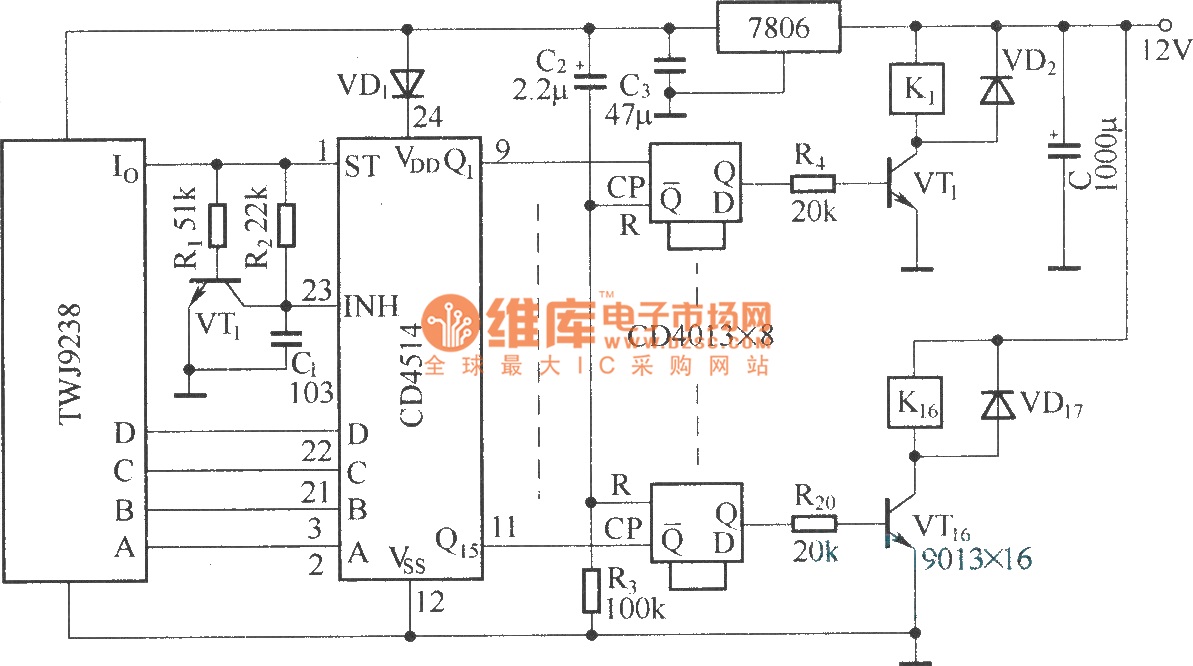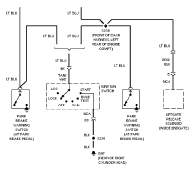
Porch Light Control Circuit

This circuit can control the on/off cycle of a light using a CDS photocell and turn it off after a preset period. The light can only be activated when the CDS cell is in darkness, and it remains on for a duration determined by the 555 timer circuit. The on-time is influenced by resistor R1 and capacitor C1, and is approximately 80 seconds with the specified component values.
The described circuit utilizes a light-dependent resistor (CDS photocell) to detect ambient light levels. When the light intensity falls below a certain threshold, indicating darkness, the photocell allows current to flow, triggering the operation of the circuit. The heart of the timing function is the 555 timer IC, configured in monostable mode. In this configuration, the 555 timer generates a single output pulse when triggered, with the pulse duration defined by the resistor (R1) and capacitor (C1) values.
The relationship between R1, C1, and the output time (T) can be expressed by the formula T = 1.1 * R1 * C1. For instance, if R1 is set to a specific value in ohms and C1 is a capacitor measured in farads, the resulting time period can be calculated to achieve the desired on-time for the light. In this case, with the component values provided, the on-time is approximately 80 seconds.
To ensure proper functionality, the circuit should include a power supply compatible with the 555 timer IC and the light load. Additionally, a transistor or relay may be employed to switch the light on and off, depending on the current rating of the light source. The design must also incorporate protective elements such as diodes to prevent back EMF from inductive loads, ensuring the longevity and reliability of the circuit.
This circuit is ideal for applications such as outdoor lighting, where automatic control based on ambient light conditions can enhance energy efficiency and provide convenience. Proper layout and soldering techniques should be employed to minimize noise and ensure stable operation of the photocell and timer circuit. This circuit can control the on/off cycle of a light via a CDS photocell, and turn it off after a preset period. The light can only be turned on when CDS cell is in darkness, and it stays on for a time determined by the 555 circuit.
On time depends on R1 and CI and is about 80 seconds with the values shown.
The described circuit utilizes a light-dependent resistor (CDS photocell) to detect ambient light levels. When the light intensity falls below a certain threshold, indicating darkness, the photocell allows current to flow, triggering the operation of the circuit. The heart of the timing function is the 555 timer IC, configured in monostable mode. In this configuration, the 555 timer generates a single output pulse when triggered, with the pulse duration defined by the resistor (R1) and capacitor (C1) values.
The relationship between R1, C1, and the output time (T) can be expressed by the formula T = 1.1 * R1 * C1. For instance, if R1 is set to a specific value in ohms and C1 is a capacitor measured in farads, the resulting time period can be calculated to achieve the desired on-time for the light. In this case, with the component values provided, the on-time is approximately 80 seconds.
To ensure proper functionality, the circuit should include a power supply compatible with the 555 timer IC and the light load. Additionally, a transistor or relay may be employed to switch the light on and off, depending on the current rating of the light source. The design must also incorporate protective elements such as diodes to prevent back EMF from inductive loads, ensuring the longevity and reliability of the circuit.
This circuit is ideal for applications such as outdoor lighting, where automatic control based on ambient light conditions can enhance energy efficiency and provide convenience. Proper layout and soldering techniques should be employed to minimize noise and ensure stable operation of the photocell and timer circuit. This circuit can control the on/off cycle of a light via a CDS photocell, and turn it off after a preset period. The light can only be turned on when CDS cell is in darkness, and it stays on for a time determined by the 555 circuit.
On time depends on R1 and CI and is about 80 seconds with the values shown.





